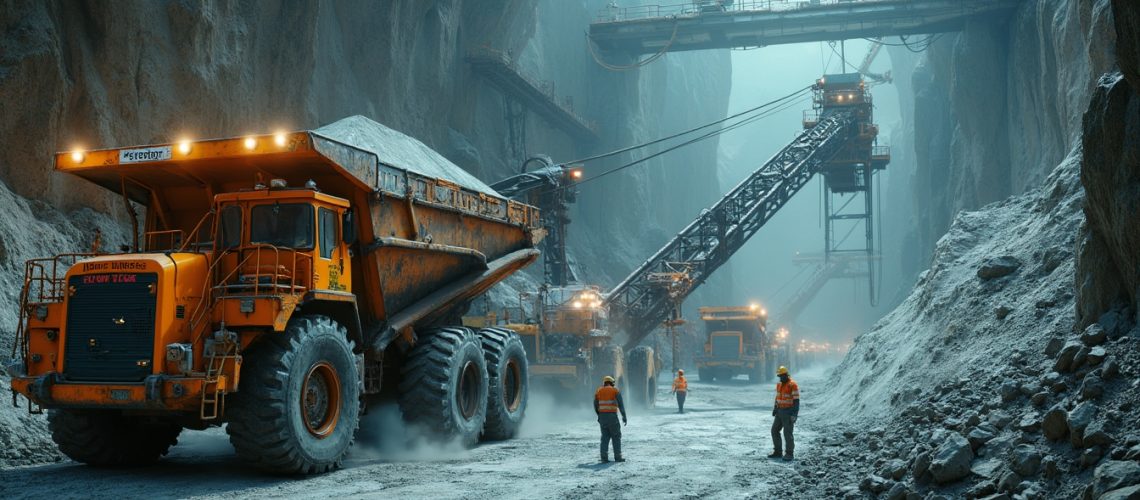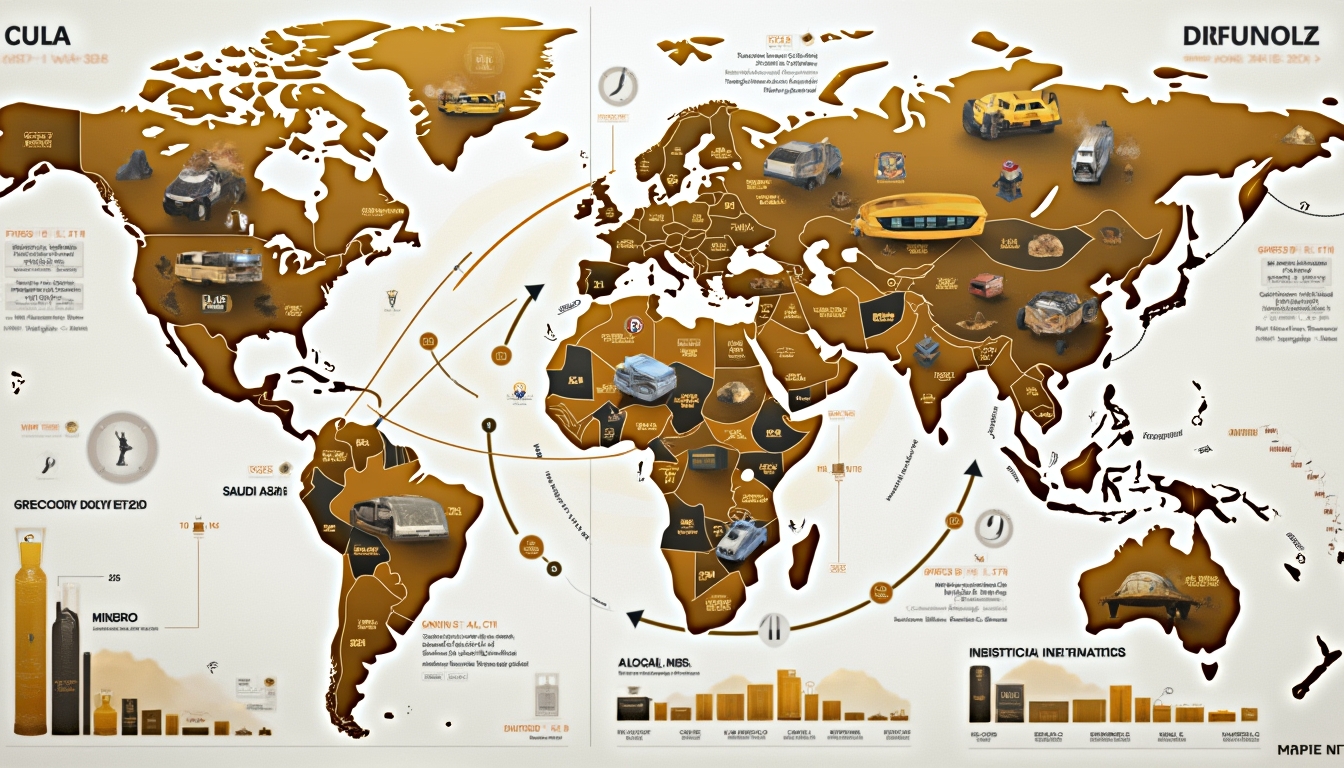Understanding the Global Potash Market’s Dynamics
Potash is a critical mineral essential for global agricultural productivity, serving as a fundamental component in fertiliser production. With global consumption reaching 37.1 million metric tonnes in 2023, potash plays a pivotal role in supporting worldwide food security and crop yields. Its importance is underscored by the fact that farmers and agricultural experts recognise potash fertilisers as capable of increasing crop yields by up to 20%. The World Bank anticipates fertiliser prices will moderate in 2024 and 2025 while remaining significantly higher than historical lows from 2015 to 2019.
Why Does Potash Matter?
The mineral's importance extends beyond simple agricultural inputs, representing a complex and strategically significant global commodity. Different types of potash, primarily Muriate of Potash (MOP) and Sulphate of Potash (SOP), offer varied agricultural benefits, with MOP accounting for approximately 70% of global production.
Canada’s Leadership in Potash Production
Canada stands at the forefront of global potash production, generating an impressive 13 million metric tonnes in 2023. Saskatchewan, a key region in this production, hosts major mining operations by industry giants like Nutrien and Mosaic. The Esterhazy K3 operation by the Mosaic Company is the world's largest potash mine, boasting an annual production capacity of nearly 8 million metric tonnes. BHP's investment in the Jansen potash project exemplifies the country's technological innovation and strategic planning, promising to expand North American production capacity significantly by the decade's end.
What’s Affecting Russia’s Potash Output?
Russia's potash production has faced substantial disruption, with output declining from 9.1 million metric tonnes in 2021 to 6.5 million metric tonnes in 2023. Geopolitical tensions, particularly surrounding the Ukraine invasion, have impaired the country's potash export capabilities. The European Union's implementation of import quotas and subsequent sanctions have significantly affected Russia's place in the global market. Furthermore, recent decisions such as Russia's sale of Kazakh uranium stakes to China highlight shifting geopolitical dynamics.
China: Balancing Production and Consumption
China produces 6 million metric tonnes of potash annually but remains heavily reliant on imports to meet its vast domestic demands. The provinces of Xinjiang and Qinghai are home to the country's primary potash resources, with significant production being carried out by the Qinghai Salt Lake Potash Company. The nation’s potash market is marked by a significant imbalance between production and consumption, underscoring its essential role in global potash trade dynamics.
Who are the Emerging Potash Producers?
Laos and Chile are notable emerging players in the global potash market:
- Laos: Has doubled its production to 1.4 million metric tonnes in 2023, driven by investments in new mines and strategic expansions.
- Chile: Recorded a reduction to 600,000 metric tonnes in 2023, from a peak in 2018. The Lao Kaiyuan company's plans to increase capacity reflect the potential within these emerging markets.
Factors Shaping the Potash Landscape
The global potash market is under constant influence from a range of factors:
- Geopolitical Tensions: Conflicts and international policies dramatically impact market dynamics.
- Supply Chain Disruptions: These can lead to significant variances in price and availability.
- Technological Innovations: These efforts aim at sustainable production methods and efficiency improvements.
Moreover, understanding mining drilling results is crucial for investors to evaluate new mining opportunities accurately.
Investment Opportunities and Risks
For investors interested in the potash sector:
- Prominent Companies: Consider major players such as Nutrien and BHP, noted for their global presence and growth strategies.
- Emerging Markets: New projects in diverse locations can offer lucrative returns but come with inherent risks requiring careful analysis.
The global production landscape is projected to increase its capacity to 67.6 million metric tonnes by 2026, reflecting technological advancements and evolving agricultural needs.
How Do Trade Policies Influence Potash Exports?
Canada's strategic export tax response to the potential U.S. trade tariffs exemplifies the complex interplay of international trade policies with the potash market. Such measures can significantly influence global supply chains and pricing structures.
The Future Outlook for Potash
The future of potash encompasses:
- Increased Production Capacity: As indicated by the US Geological Survey, showcasing growth through technological and strategic initiatives.
- Sustainability Efforts: Balancing increased demand with environmental considerations.
- Geopolitical and Economic Factors: Ongoing changes that continue to redefine the market.
By understanding the factors that shape potash production, stakeholders in the industry can better navigate this complex landscape, ensuring ongoing agricultural productivity and global food security.
Ready to Unlock Potash Investment Insights?
Discover lucrative opportunities in the dynamic potash market with Discovery Alert's AI-driven real-time notifications, designed to help investors navigate the complex world of mineral exploration and agricultural commodities. Start your 30-day free trial today and gain expert insights into emerging market trends, production shifts, and potential investment strategies.







